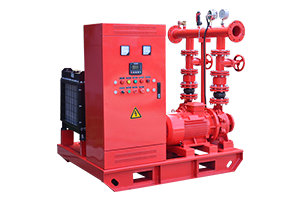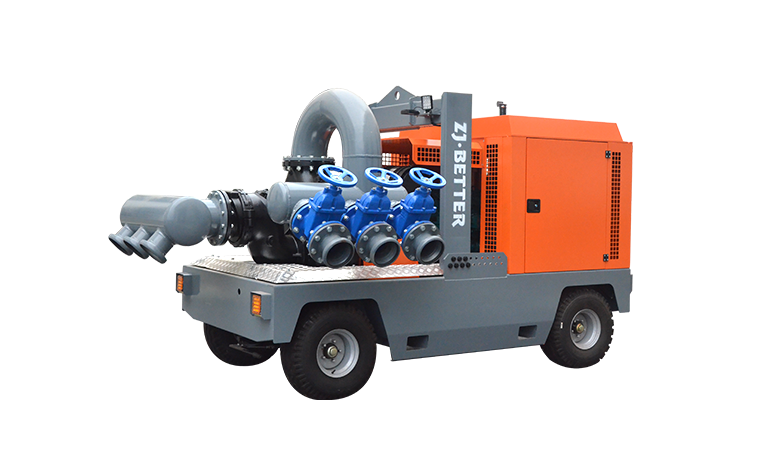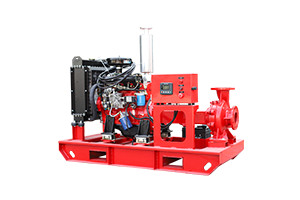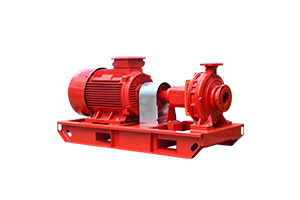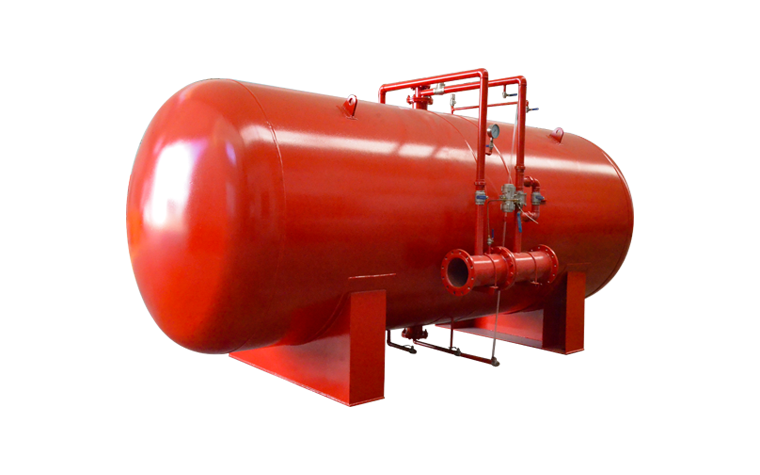How to Conduct a Comprehensive Fire Pump Performance Test?
Feb 08, 2025
Share:
Fire pumps play a critical role in fire protection systems, ensuring adequate water pressure for firefighting operations. Regular performance testing is essential to verify that fire pumps function correctly under emergency conditions.
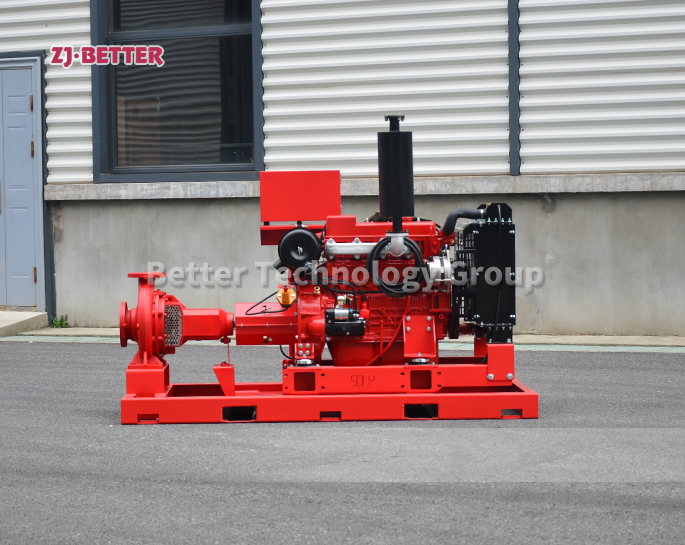
Why Is Fire Pump Performance Testing Important?
A fire pump failure during an emergency can have catastrophic consequences. Regular testing helps:
- Confirm that the pump delivers the required pressure and flow rate
- Identify mechanical or electrical issues before failures occur
- Ensure compliance with fire safety regulations
- Improve the lifespan and efficiency of the fire pump system
Step-by-Step Guide to Fire Pump Performance Testing
1. Prepare for the Test
- Review NFPA 25 Guidelines: Ensure compliance with industry standards.
- Check System Readiness: Verify water supply, power source, and pump conditions.
- Notify Authorities: Inform local fire departments or building management to avoid unnecessary alarms.
2. Conduct a No-Flow (Churn) Test
- Start the pump without opening any discharge valves.
- Record pressure readings at churn conditions.
- Compare results with manufacturer specifications.
3. Perform a Flow Test
- Gradually open test valves to simulate different flow conditions.
- Measure pressure and flow at 100%, 150%, and 0% rated capacity.
- Ensure the pump meets performance curves specified by the manufacturer.
4. Inspect Electrical and Mechanical Components
- Check the diesel engine or electric motor operation.
- Inspect battery voltage, oil levels, cooling systems, and fuel supply (for diesel pumps).
- Verify controller functions, sensors, and alarms.
5. Analyze Test Results
- Compare recorded values with the pump's rated performance.
- Identify any deviations that require maintenance or repairs.
- Document findings in a fire pump test report for compliance records.
Best Practices for Fire Pump Maintenance
- Conduct weekly and monthly inspections to prevent unexpected failures.
- Schedule annual performance tests following NFPA 25 standards.
- Keep detailed maintenance logs for audits and compliance verification.
Conclusion
Regular fire pump performance testing is vital for ensuring fire protection system reliability and compliance with safety regulations. By following NFPA 25 guidelines and conducting thorough tests, you can maintain optimal fire pump performance and protect lives and property.
For high-quality fire pumps that meet international standards, contact Better Technology Group at www.betterfirepump.com.

